In the vast theater of nature’s wonders, few phenomena capture our imagination quite like birds that sleep while flying. These extraordinary creatures have evolved the remarkable ability to rest their minds while remaining airborne, challenging our fundamental understanding of sleep itself. Unlike humans, who require a comfortable bed and complete stillness, these aerial sleepers have adapted to catch their essential rest thousands of feet above the earth, sometimes while traveling vast distances across oceans and continents. This fascinating adaptation represents one of nature’s most ingenious solutions to the competing demands of migration, predator avoidance, and the universal need for rest. As we explore this phenomenon, we’ll discover how various bird species have developed different strategies for sleeping on the wing, revealing the incredible plasticity and resilience of life in our skies.
The Common Swift: Champion of Aerial Slumber
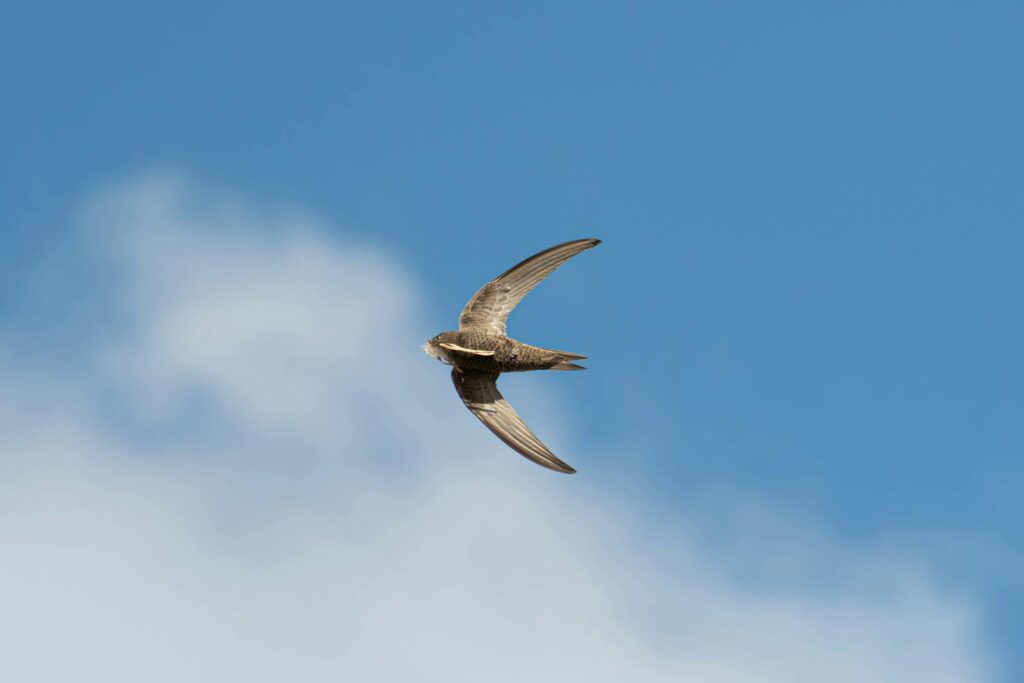
The common swift (Apus apus) stands as perhaps the most extraordinary example of mid-air sleeping capability in the avian world. These remarkable birds can remain airborne for up to ten consecutive months without ever touching down, making them true masters of the sky. Research published in 2016 by Swedish scientists documented this incredible feat using lightweight accelerometers attached to the birds. During this extended flight period, swifts must accomplish everything—feeding, mating, and crucially, sleeping—without the luxury of perching. They achieve this through a phenomenon called unihemispheric slow-wave sleep, where one half of their brain remains alert while the other half enters a sleep state. This neurological juggling act allows them to maintain aerodynamic control while still benefiting from essential rest periods needed for survival.
Understanding Unihemispheric Sleep
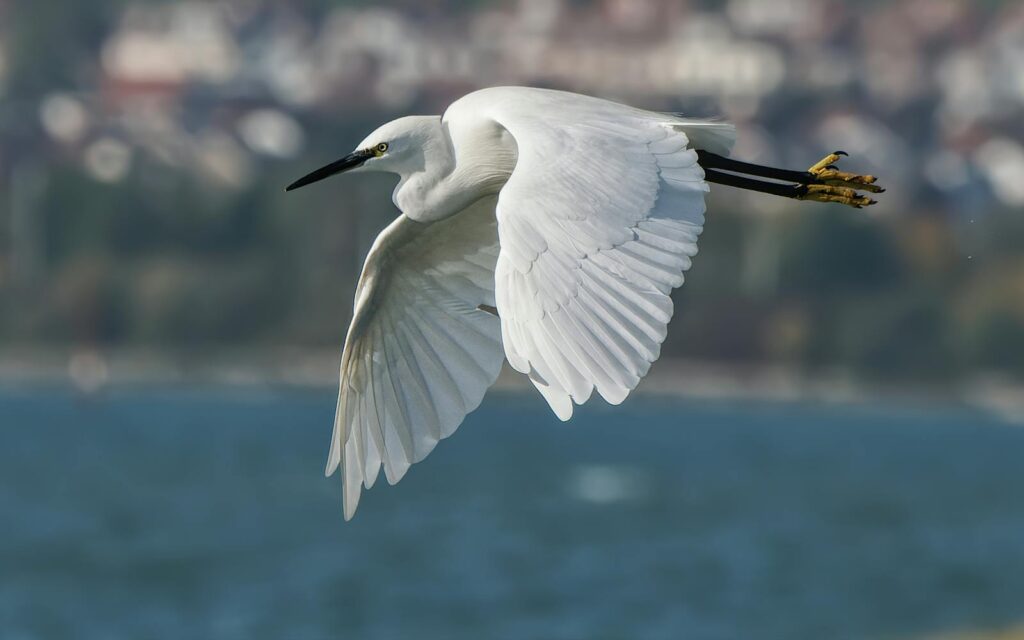
Unihemispheric slow-wave sleep (USWS) represents one of nature’s most remarkable adaptations, allowing certain bird species to truly sleep with one eye open. In this specialized form of slumber, one brain hemisphere enters slow-wave sleep while the other remains alert, effectively creating a partial autopilot system. The eye connected to the awake hemisphere stays open, monitoring for potential threats and maintaining flight orientation, while the eye connected to the sleeping hemisphere closes to facilitate rest. This hemispheric alternation continues throughout their flight, ensuring both sides of the brain receive adequate rest without compromising safety. USWS has been extensively documented in aquatic mammals like dolphins and certain whale species, but reaches perhaps its most sophisticated expression in migratory birds that must remain airborne for extended periods.
Frigatebirds: Ocean Wanderers with Sleep Adaptations
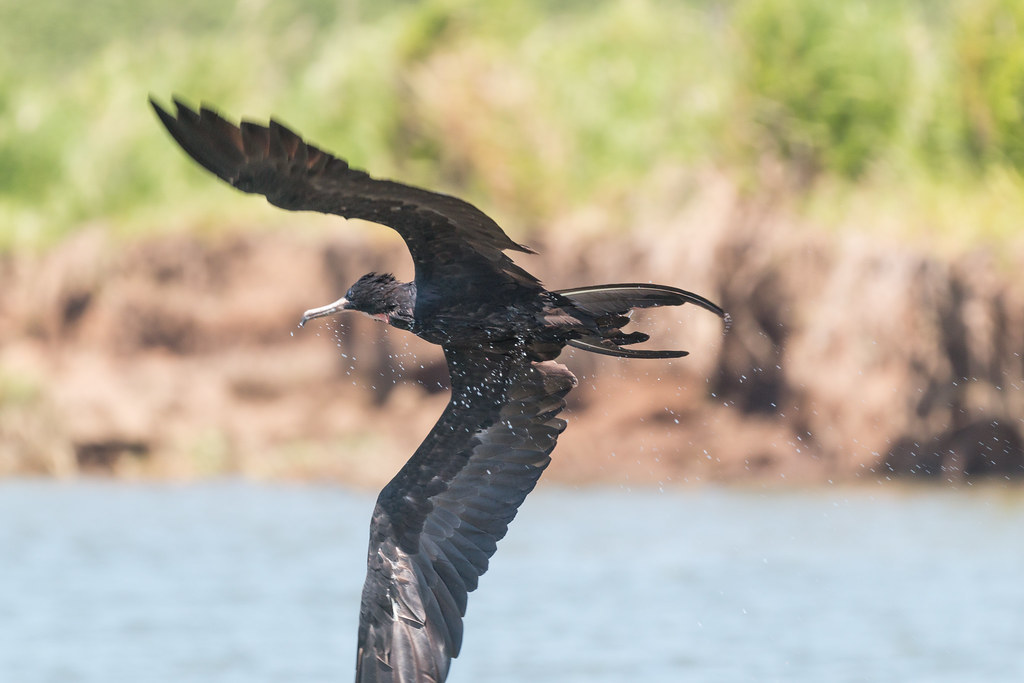
Frigatebirds represent another fascinating example of avian aerial sleepers, with research confirming their ability to sleep during flight. These seabirds, known for their impressive wingspans and inability to land on water despite living almost entirely at sea, can remain airborne for up to two months continuously. A groundbreaking 2016 study conducted by an international team of researchers used electroencephalogram (EEG) recordings to document frigatebirds sleeping during flight for short periods of approximately 12 seconds at a time, accumulating about 42 minutes of sleep per day while airborne—significantly less than the 12 hours they typically sleep on land. Researchers discovered these birds often engage in sleep during upward circular flight patterns known as thermals, where they can gain altitude with minimal effort, suggesting they strategically choose the safest possible conditions for their aerial naps.
Alpine Swifts: Long-Distance Sleepers
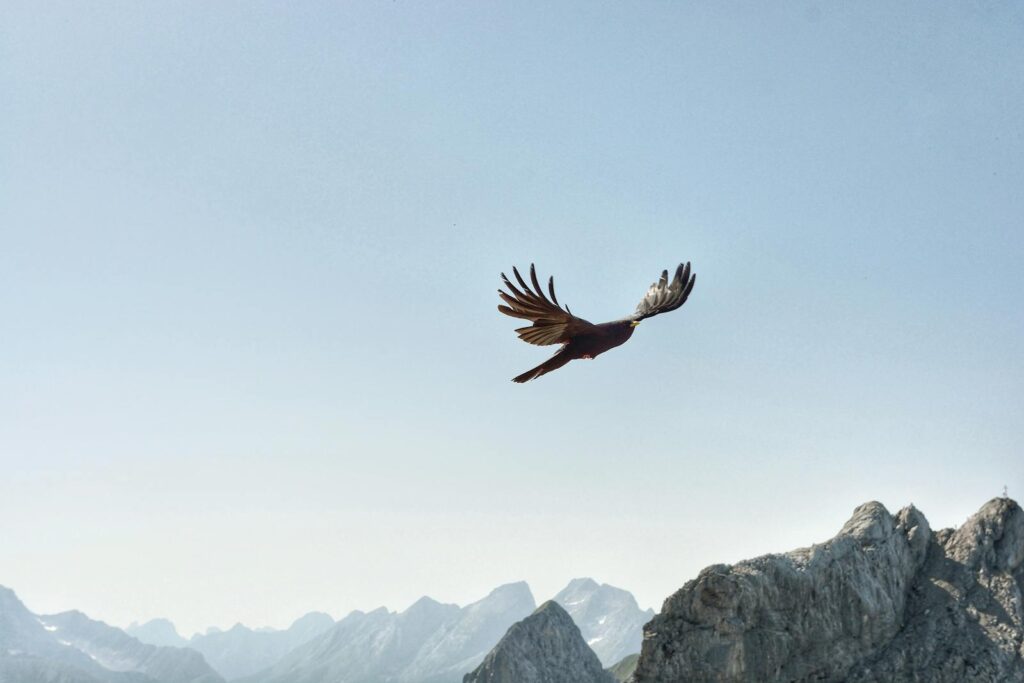
Alpine swifts (Tachymarptis melba) have demonstrated some of the most impressive continuous flight durations ever recorded, with documented instances of remaining airborne for over 200 consecutive days during migration and wintering periods. These medium-sized swifts breed in mountains from southern Europe to the Himalayas, undertaking epic journeys to winter in Africa. Research using miniaturized electronic tags revealed that alpine swifts can fly non-stop for six-month periods, covering thousands of miles without landing. During these marathon journeys, they must sleep while maintaining flight, showcasing extraordinary neurological and physiological adaptations. Their larger wingspan compared to common swifts allows them to glide more efficiently, potentially creating more opportunities for brief sleep periods while maintaining altitude and direction.
Albatrosses: Masters of Ocean Soaring
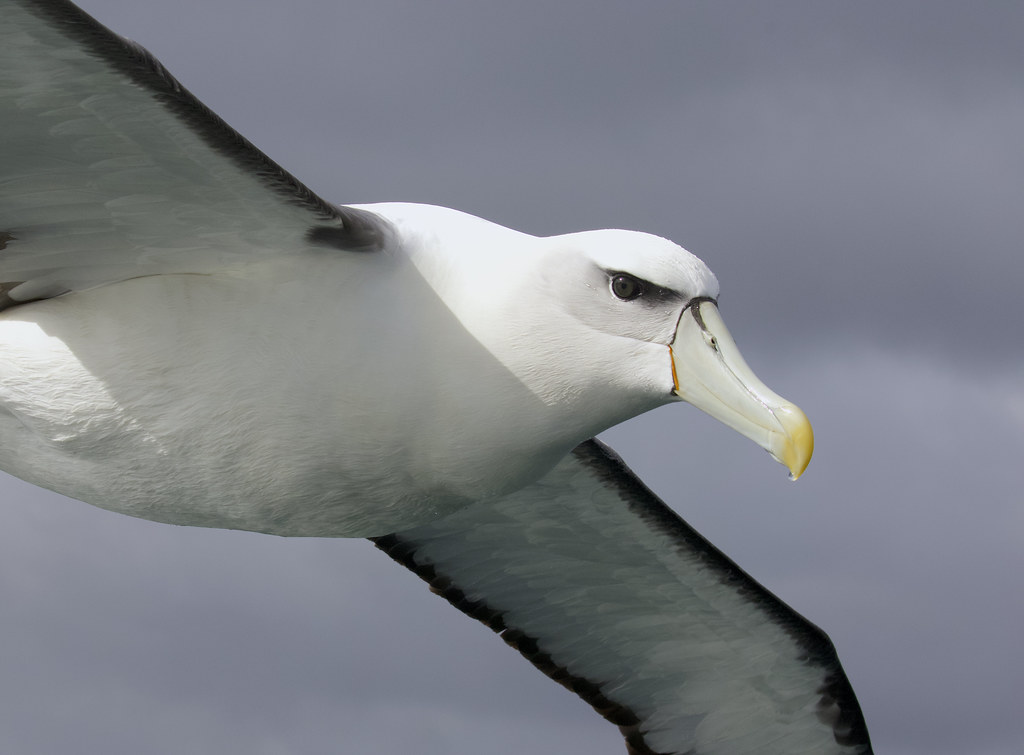
Albatrosses, with their impressive wingspan reaching up to 11 feet, have perfected the art of dynamic soaring—a flight technique that allows them to harness energy from wind gradients over the ocean surface. This energy-efficient soaring ability permits these magnificent birds to stay airborne for months, traveling vast oceanic distances with minimal flapping. Researchers believe albatrosses likely employ unihemispheric sleep during these extended flights, though the exact patterns remain less documented than in swifts and frigatebirds. Their specialized shoulder joints can lock in place, allowing their wings to remain extended without muscular effort during gliding, potentially creating ideal conditions for brief sleep episodes. The wandering albatross holds the record for the largest wingspan of any living bird, enabling extraordinarily efficient flight that may facilitate better sleeping opportunities while remaining aloft.
The Neurological Science Behind Aerial Sleep
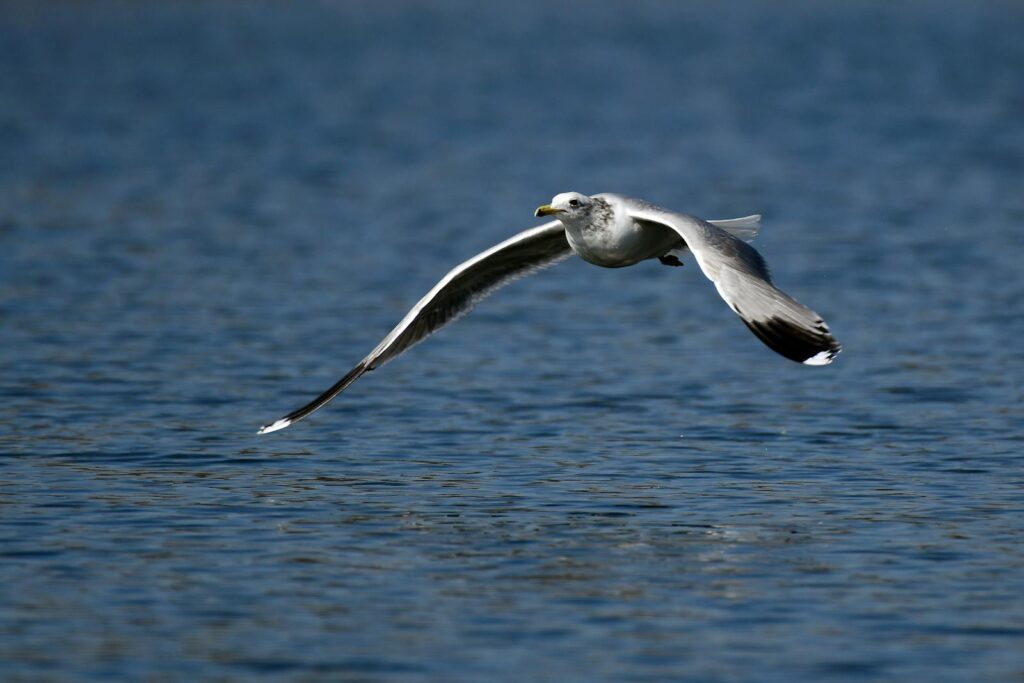
The neurological mechanisms that enable birds to sleep while flying represent a frontier in sleep science research. The avian brain differs structurally from mammalian brains, with sleep-regulating centers organized differently, potentially facilitating their remarkable ability to partition consciousness. When birds engage in unihemispheric sleep, EEG recordings show distinct slow-wave activity in one hemisphere while the other maintains patterns similar to wakefulness. This neurological division allows birds to continue processing crucial environmental information through the awake hemisphere while simultaneously allowing the sleeping hemisphere to perform vital maintenance functions that sleep provides. Research suggests that birds may have evolved specialized neuronal connections that permit greater independence between brain hemispheres than mammals possess, effectively creating two semi-autonomous processing systems that can operate independently in sleep-wake states.
The Energy Economics of Sleeping on the Wing
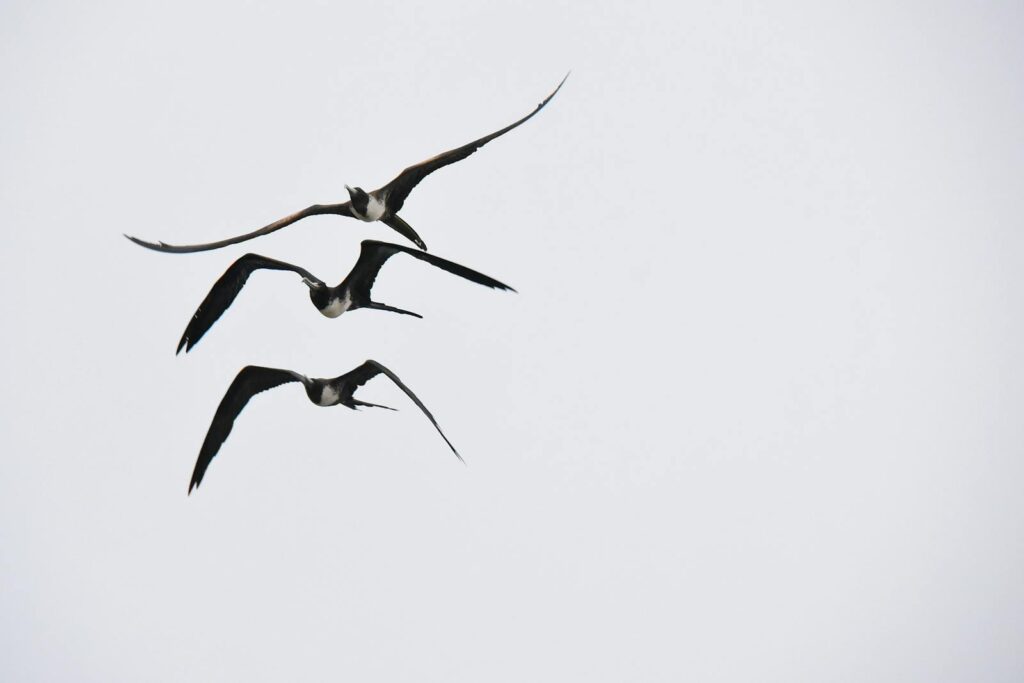
Sleeping during flight represents a remarkable energy conservation strategy for migratory birds that must travel vast distances. Traditional understanding of flight suggested continuous flapping would be too energy-intensive to sustain over days or weeks, but research into flight patterns of birds like swifts and frigatebirds reveals sophisticated energy management techniques. By utilizing thermal columns, riding prevailing winds, and employing special gliding techniques during sleep periods, these birds maximize energy efficiency during long journeys. The caloric expenditure during flight-sleep is significantly lower than during active foraging or alert flight, creating an essential energy budget that sustains these marathon travelers. This efficient balance of alertness and rest allows migratory species to maintain the physical condition necessary to complete journeys spanning thousands of miles without the vulnerability of landing in unfamiliar or potentially dangerous territories.
Evolutionary Advantages of Aerial Sleep
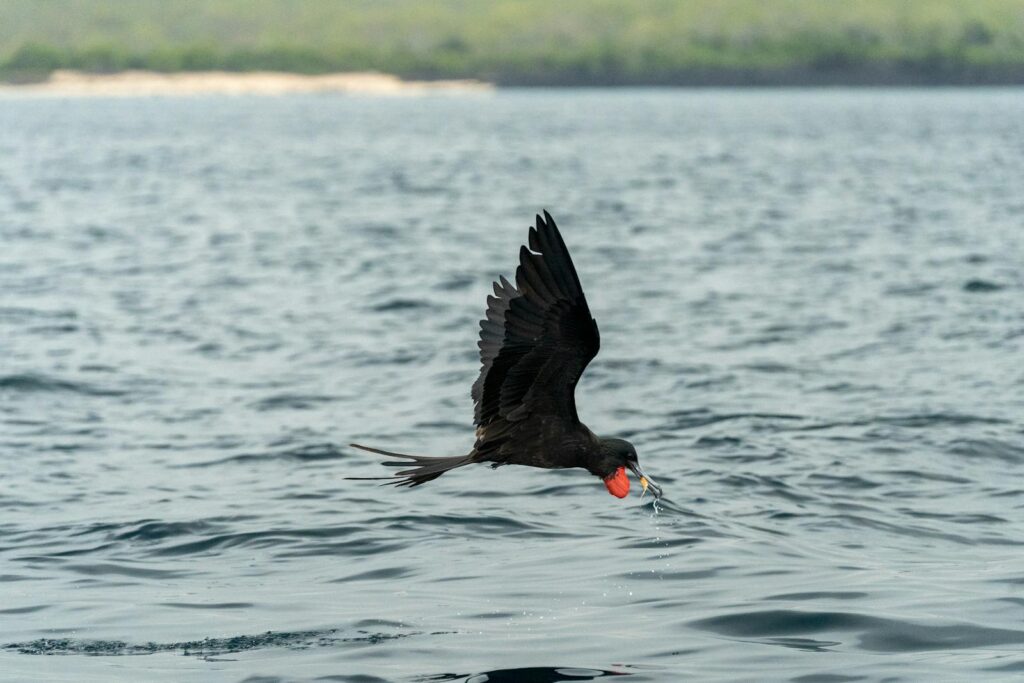
The ability to sleep while flying confers several critical evolutionary advantages that have shaped the development of this remarkable adaptation. Perhaps most importantly, remaining airborne dramatically reduces predation risk compared to sleeping on land or water, where vulnerable birds would be exposed to numerous threats. For species like frigatebirds that cannot land on water despite living in oceanic environments, aerial sleep represents the only viable option during long stretches away from their isolated breeding colonies. Continuous flight also allows birds to maintain optimal positioning relative to shifting food sources or to take advantage of favorable weather patterns that might not persist long enough for a journey punctuated by rest stops. Evolutionary biologists suggest this adaptation likely developed gradually in species that already possessed exceptional flight endurance, with natural selection favoring individuals that could remain aloft for progressively longer periods.
Black Swifts: North America’s Aerial Sleepers
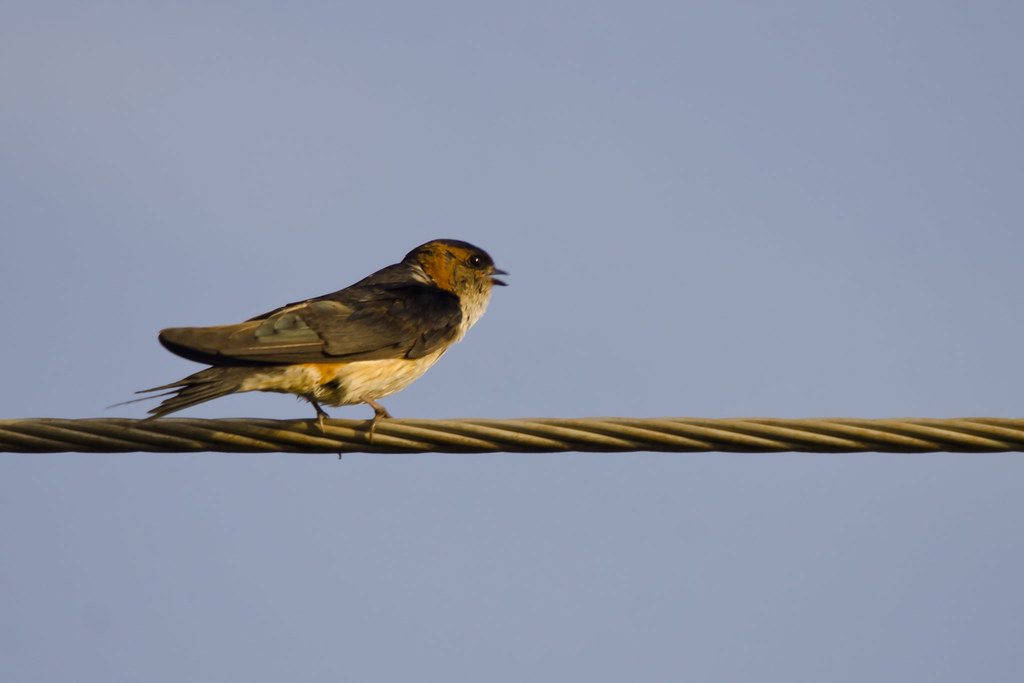
The black swift (Cypseloides niger), North America’s most aerial swift species, demonstrates similar flight endurance and likely sleeping behaviors to its European relatives. These dark, enigmatic birds breed near waterfalls and moist cliffs throughout western North America before undertaking long migrations to wintering grounds in South America. Researchers using geolocator technology have tracked black swifts making non-stop flights exceeding 2,000 miles during migration, strongly suggesting they must sleep while flying. Their specialized wing morphology creates extremely efficient gliding capabilities, potentially providing windows for sleep similar to those used by common and alpine swifts. Ornithologists have observed that black swifts typically feed at higher altitudes than other swift species, which may represent an adaptation that creates safer conditions for aerial sleep by reducing collision risks during periods of reduced awareness.
Aerial Sleep in Different Weather Conditions

Birds that sleep while flying must contend with various weather challenges that can affect their ability to rest safely while remaining airborne. Recent research using atmospheric modeling combined with bird tracking data suggests species like frigatebirds and swifts actively select flight paths that maximize access to stable air currents while avoiding turbulent conditions unsuitable for aerial sleep. During storms or adverse weather, tracking studies indicate these birds often climb to higher altitudes where conditions may be more predictable, even though this requires greater energy expenditure. Radar studies of swift populations show they frequently fly higher at night, potentially seeking calmer air conditions that facilitate safer sleep periods. For species that migrate across oceans, weather prediction abilities appear remarkably sophisticated, with birds seemingly able to forecast and avoid developing storm systems that would make aerial sleep dangerous or impossible.
Human Applications of Bird Sleep Research
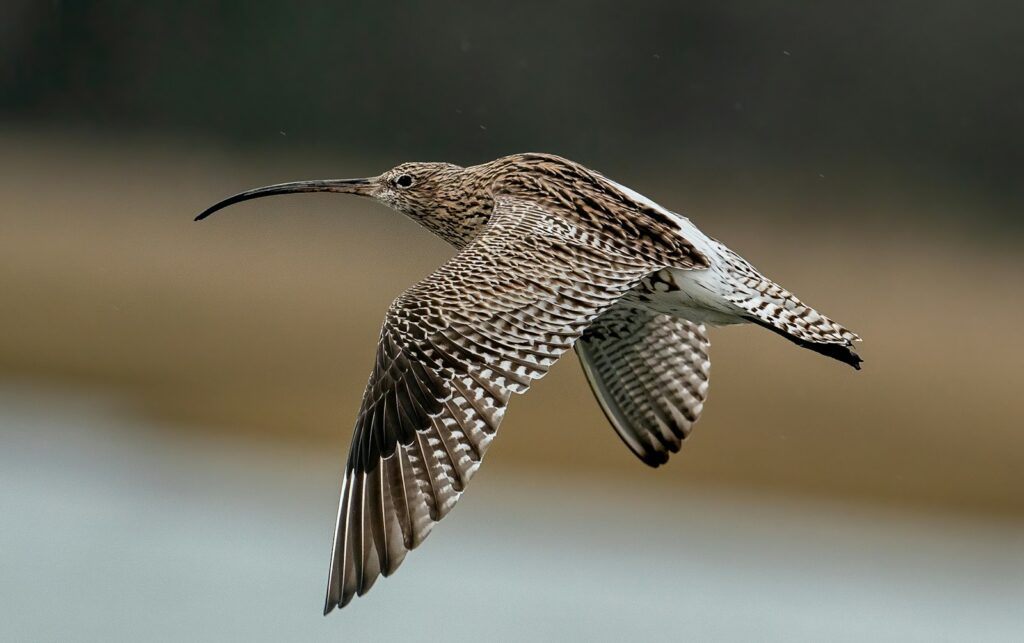
The study of avian aerial sleep has significant implications for human sleep science and potential applications in multiple fields. Researchers examining sleep disorders and sleep deprivation have drawn insights from birds’ ability to function effectively with minimal consolidated sleep, potentially informing new approaches to managing conditions like insomnia or addressing occupational sleep challenges. Military and aerospace organizations have expressed interest in how birds maintain performance during unihemispheric sleep, seeking applications for enhancing alertness in pilots and operators of critical systems during extended missions. In the medical field, understanding how birds avoid the cognitive and physiological consequences of sleep fragmentation could provide pathways to mitigating the negative health impacts of shift work and interrupted sleep patterns in humans. Some sleep researchers are exploring whether limited forms of unihemispheric rest might be trainable in humans for specific high-demand situations, though the neurological differences between avian and human brains present significant challenges to direct application.
Conservation Implications for Aerial Sleepers

Birds that sleep while flying face unique conservation challenges in our rapidly changing world. Light pollution presents a particular threat to aerial sleepers, as artificial lighting can disrupt their navigation abilities and potentially interfere with the neurological mechanisms that regulate their specialized sleep patterns. Climate change affects atmospheric conditions, potentially altering the thermal columns and wind patterns these birds rely on for efficient flight during sleep periods. For species like swifts that feed exclusively on airborne insects, declining insect populations due to pesticide use and habitat loss directly impact their ability to maintain the energy reserves necessary for extended flight. Conservation efforts for these specialized birds must address these multifaceted challenges, requiring protection not just of breeding habitats but of entire migratory corridors and the atmospheric conditions that make their remarkable lifestyle possible.
Conclusion

The remarkable ability of certain birds to sleep while flying represents one of nature’s most extraordinary adaptations, showcasing the incredible diversity of solutions evolution has produced to life’s fundamental challenges. From common swifts remaining airborne for ten months straight to frigatebirds navigating vast oceans without rest, these aerial sleepers have developed specialized neurological mechanisms that allow them to balance the competing demands of consciousness and rest while suspended thousands of feet above the earth. As we continue to study these fascinating creatures, we gain not only a deeper appreciation for the wonders of the natural world but also potential insights that may inform human approaches to sleep science, aviation, and medicine. The birds that sleep on the wing remind us that even something as seemingly universal and unchangeable as sleep can be radically reimagined through evolutionary innovation, adapted perfectly to the unique demands of life in the endless skies.
